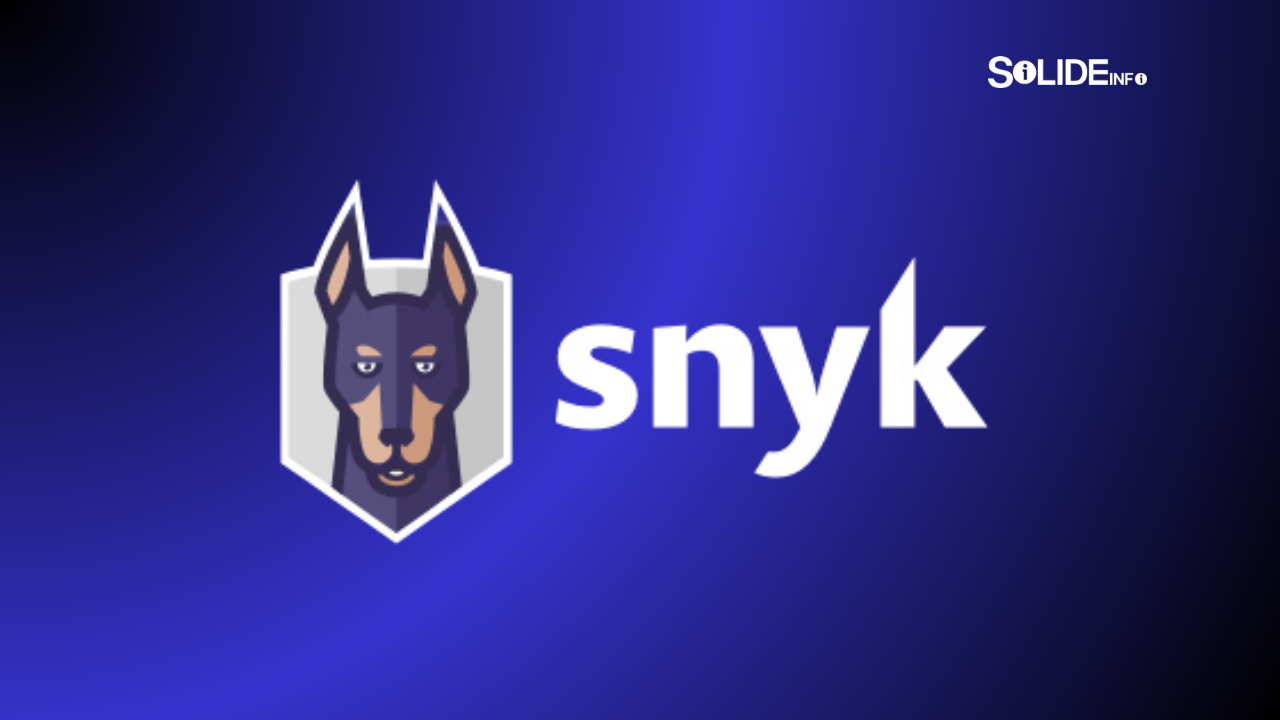Snyk: Transforming Software Security for Modern Developers

In an era where software powers everything from mobile apps to critical infrastructure, security must be woven into the fabric of development—not bolted on as an afterthought. Snyk, a cybersecurity pioneer founded in 2015, has redefined how organizations protect their code, open-source dependencies, and cloud environments. Born from the vision of Israeli Unit 8200 veterans, the company bridges the gap between developers and security teams, ensuring that building secure software is intuitive, efficient, and scalable .
Rooted in Innovation, Built for Developers
Snyk’s founders—Guy Podjarny, Danny Grander, and Assaf Hefetz—understood early on that traditional security tools often hindered rather than helped. Developers needed solutions that fit into their workflows, not disruptive checks that slowed progress. This insight led to a platform designed to scan code in real time, identify vulnerabilities, and suggest fixes as developers write code. By integrating directly with tools like GitHub, Docker, and Kubernetes, Snyk makes security a natural part of the coding process .
The company’s growth has been marked by strategic acquisitions, such as DeepCode (enhancing AI-driven code analysis) and Fugue (strengthening cloud security). These moves expanded Snyk’s capabilities while maintaining its core mission: empowering developers to own security without sacrificing speed or creativity .
A Platform That Adapts to Your Needs
Snyk’s strength lies in its adaptability. For instance, Snyk Code scans custom code for vulnerabilities during development, offering instant feedback and remediation steps. Meanwhile, Snyk Open Source continuously monitors dependencies for known issues, ensuring that third-party libraries don’t introduce risks. Cloud-native teams benefit from Snyk Infrastructure as Code, which secures configurations before deployment .
What truly sets Snyk apart is its prioritization engine. Not all vulnerabilities are created equal, so the platform ranks risks based on context—such as exploit likelihood and potential impact—guiding teams to address the most critical issues first. This approach avoids alert fatigue and keeps development cycles agile .
Beyond Tools: A Ecosystem of Support and Education
Snyk recognizes that technology alone can’t solve security challenges. Their Success Offerings provide tailored support for businesses at every stage. Midsize companies might leverage 24/7 technical assistance and bi-annual strategy reviews, while enterprises gain dedicated advisors to align security with complex workflows. For teams new to DevSecOps, Snyk Jumpstart offers hands-on guidance to accelerate adoption .
Education is equally vital. Through Snyk Learn, developers access free, bite-sized courses on topics like secure coding practices and vulnerability remediation. Live hacking sessions and interactive workshops foster a culture of shared responsibility, turning security from a hurdle into a collaborative priority .
Driving the Future of Secure Development
As software ecosystems grow more complex, Snyk remains at the forefront of innovation. Their Programmatic SEO strategy, which includes detailed vulnerability databases and ecosystem-specific guides, has positioned them as a trusted resource for developers worldwide. This approach not only drives organic traffic but also reinforces their authority in the DevSecOps space .
Looking ahead, Snyk continues to refine its platform, ensuring security evolves alongside emerging technologies like AI and serverless architectures. By staying rooted in developer needs and fostering partnerships across industries, Snyk isn’t just addressing today’s threats—it’s shaping a future where secure code is the default, not the exception .
Ready to see how Snyk can transform your security strategy? Explore their platform at snyk.io and join a community committed to building software that’s as secure as it is innovative.




